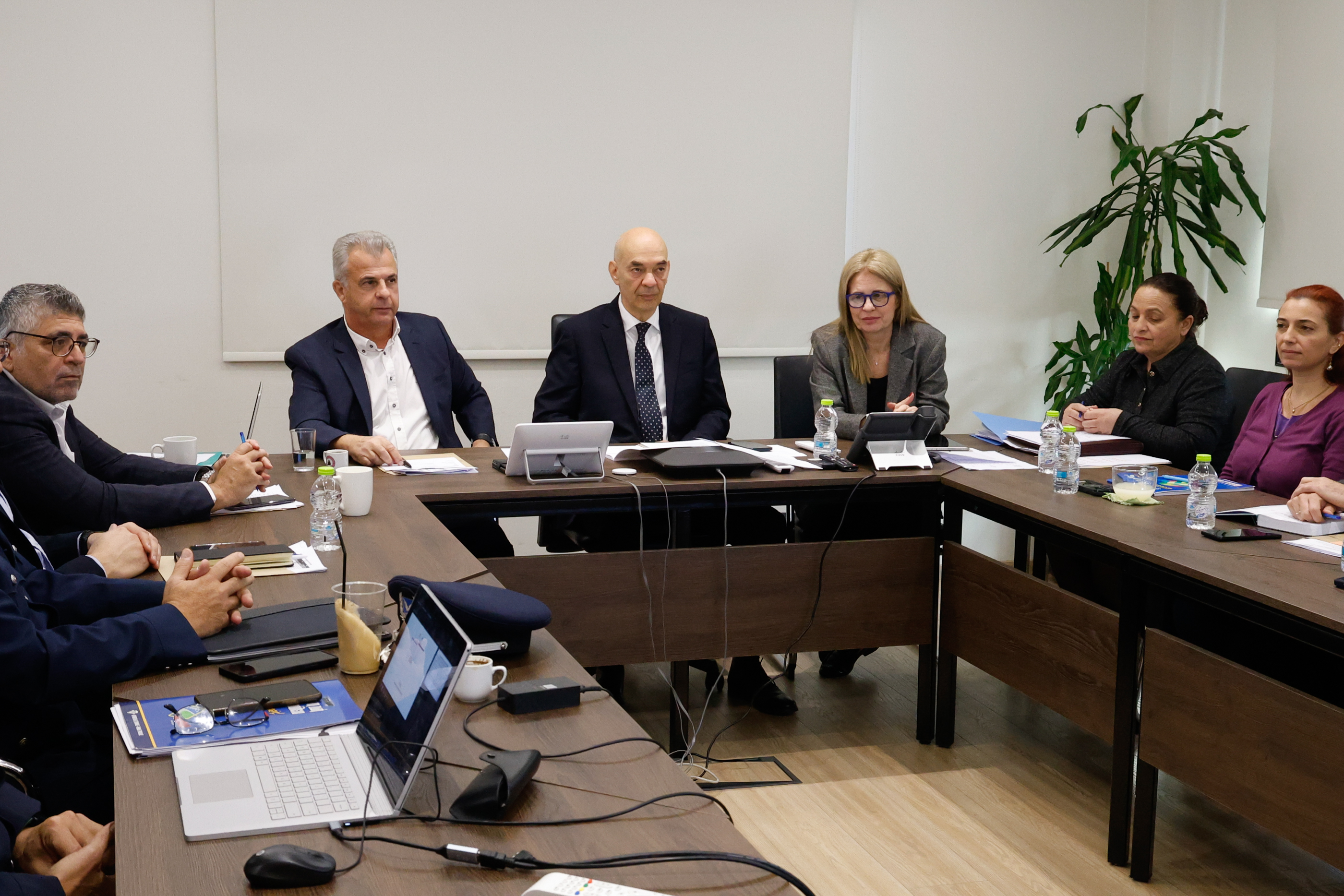In an era of rapid change, challenges are inevitable for any business or organisation, especially when it comes to digital transformation, according to Marios Kapiris, Director of Kyndryl, leading global IT services firm, which also has offices in Cyprus, .
“One of these challenges is what’s known as technical debt: the long-term cost and complexity that arise when organizations opt for quick, short-term technology solutions instead of more resilient, well-architected approaches,” he said.
“Sooner or later, every business accumulates technical debt as a result of the modernisation efforts demanded by today’s fast-evolving landscape,” Kapiris continued.
This observation is also supported by findings in the 2024 Readiness Report by Kyndryl, where respondents ranked technical debt among the top five modernization challenges facing organisations.

As financial institutions accelerate digital transformation and cloud adoption, Kapiris said that “technical debt emerges as one of the major roadblocks to progress.”
He went on to explain that, as with any transformative technology, “cloud migration can be both powerful and complex.”
Migrating to the cloud, he said, “often means redesigning and upgrading the programs and applications used so far, an endeavor that can bring complexity if not properly planned.”
A common trap, Kapiris warned, is “the lack of adequate training or a clear strategic roadmap for what to migrate first and what comes next.”
And without this planning, he said, “technical debt accumulates quickly.”
“A poor transition into the digital era brings multiple risks that can severely impact any organisation,” Kapiris said.
“It also creates ongoing costs, draining budgets that could otherwise be allocated to innovation and new initiatives.”
To illustrate the point, he offered a specific example. “Let’s take data governance. When outdated systems and newer cloud-based tools aren’t properly integrated, it can lead to reporting errors and increased scrutiny.”
Kapiris also pointed to the financial risk involved.
“Any misstep can prove very costly,” he noted. “There’s also the risk to brand reputation. System failures or slow access to services, especially when customers are used to seamless experiences, can result in lasting damage to a company’s name.”
“Minimising future technical debt is just as important as addressing existing debt,” Kapiris stressed. This is precisely where corporate governance and leadership must play a critical role.
“Organizations must treat cloud migration as a comprehensive program, not a set of isolated actions,” he said.
For this reason, “a coordinated task force should be established, bringing together representatives from IT, compliance, risk, legal, and business units.”
According to Kapiris, the team’s mission is clear. “To design a clear, strategic roadmap for smooth migration.”
Without this kind of centralised coordination, he warned, “each department tends to act independently, often leading to disjointed outcomes, increased technical debt, and elevated business and compliance risks.”
“In today’s fast-evolving tech environment, technical debt is a multidimensional threat,” he said.
“The sooner organisations assess it, document it, and create a clear response strategy, the more effectively they will shield themselves, allowing innovation to thrive, without compromise,” Kapiris concluded.







Click here to change your cookie preferences